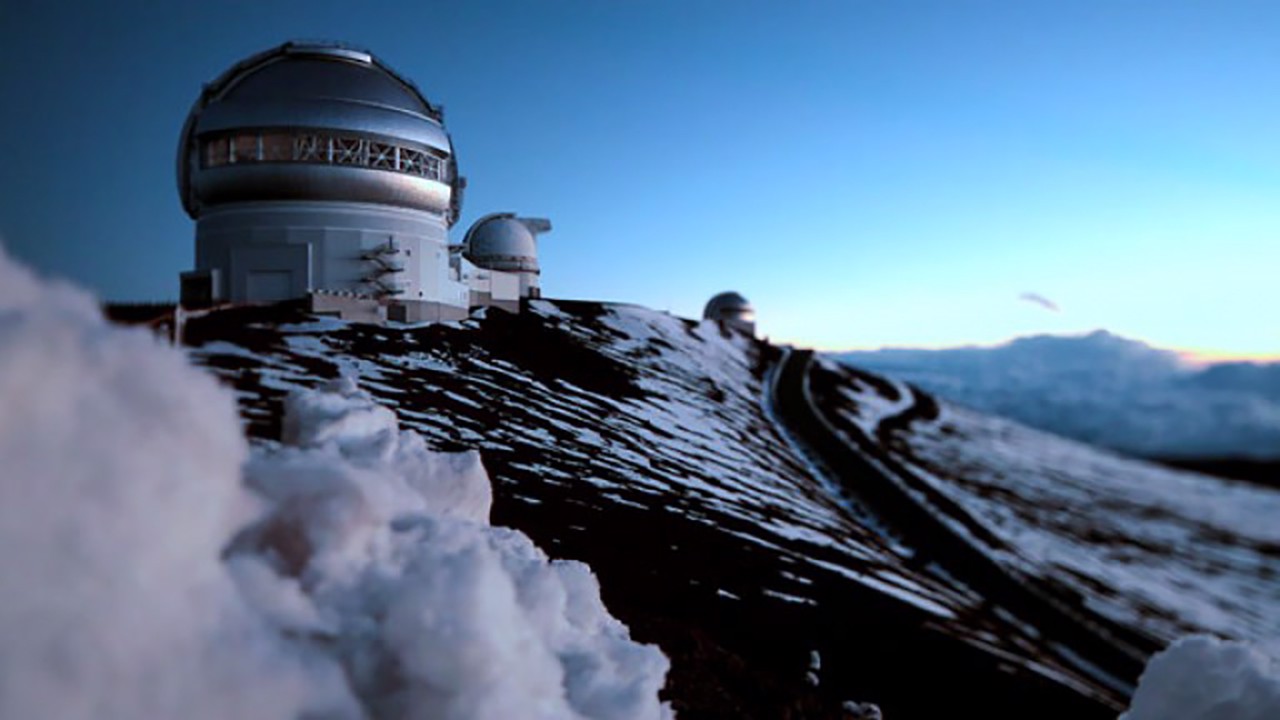
Transcript
[MUSIC PLAYING] My name's John Lewis, formerly professor of planetary sciences at the University of Arizona, and before that, at MIT. And I'm a chemist basically. And I'm interested in the chemistry of the universe, especially the solar system where we live. [MUSIC PLAYING] As scientists, we can understand a great deal about when things happened, where they happened, how long they took. But science is completely silent on the subject of the who and the why of creation. There is no way that you could answer those questions from observation. [MUSIC PLAYING] The universe was created by God. And we know from the New Testament that in this case it was actually Jesus Christ who carried out the work in accordance with a plan, which, I suppose, would permit us to call our Heavenly Father the architect of existence and Jesus Christ would be the builder. [MUSIC PLAYING] There are many hints that we existed before our birth: "Before thou wast in thy mother's belly, I knew thee." It's right there. Well, it's a fundamental belief that God is our Father. We are, first and foremost, eternal, spiritual beings. This is something that grows in our understanding and in our awareness through practice, through prayer, through answers to prayers. I have to think of my relationship with my Heavenly Father as something that I want to recapture. So instead of being oriented toward that past, I'm oriented toward its future, toward a reunification with Heavenly Father, to be worthy to stand in His presence. It's all one big whole. It's one consistent story. [MUSIC PLAYING] To me, one of the most fundamental principles here is that the universe is God's handiwork. Therefore, if the scriptures are God's handiwork and the universe is God's handiwork, then science and religion represent two independent witnesses of creation. And we're told throughout the Old Testament that two or more independent witnesses are required in order to certify the truth. They are not opposites, but they are like the vision seen from your two eyes. If you close one eye and then close the other, alternate back and forth, you don't see the same thing with the two eyes. But it is the combination of those two views which gives you three-dimensional perception and shows you a lot of things that neither eye by itself sees. When I look at the Hubble deep-space images where every spot of light in the picture is a galaxy, and every one of those galaxies has 100 billion stars in it, and those galaxies are in all different shapes and colors, and just beginning to think how many worlds are within that field of view, I find it deeply touching, to say nothing of what it does to the scientific side of my brain. It's so valuable to gain a new perspective on who you are and where you are and what's around you. Famous British astronomer Sir Arthur Eddington said the more we learn about the universe, the less it looks like a great machine and the more it looks like a great thought. [MUSIC PLAYING]